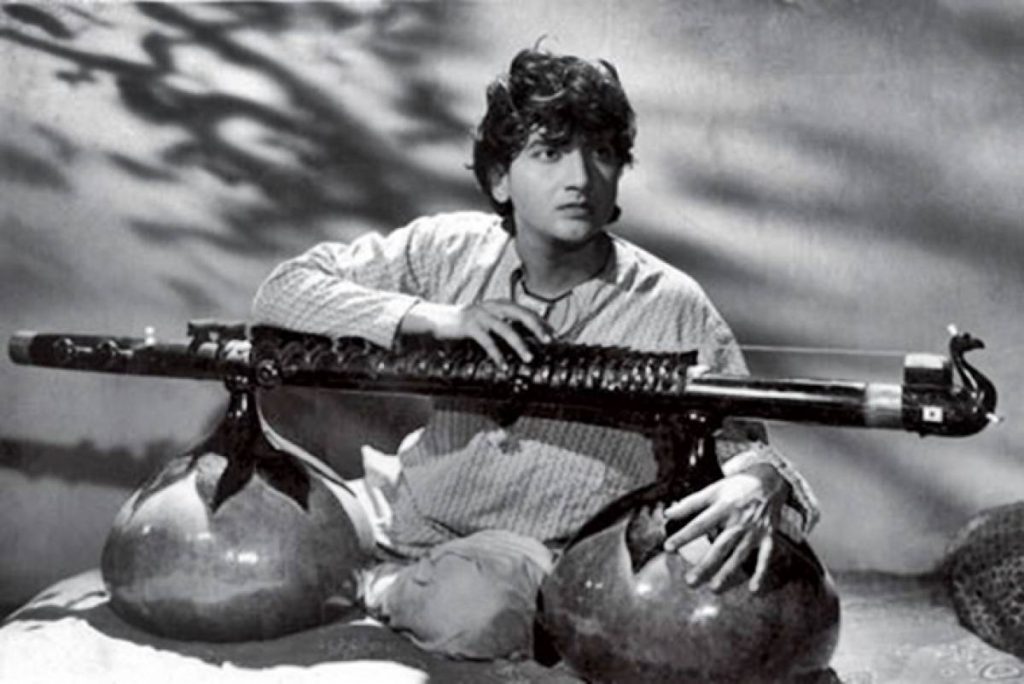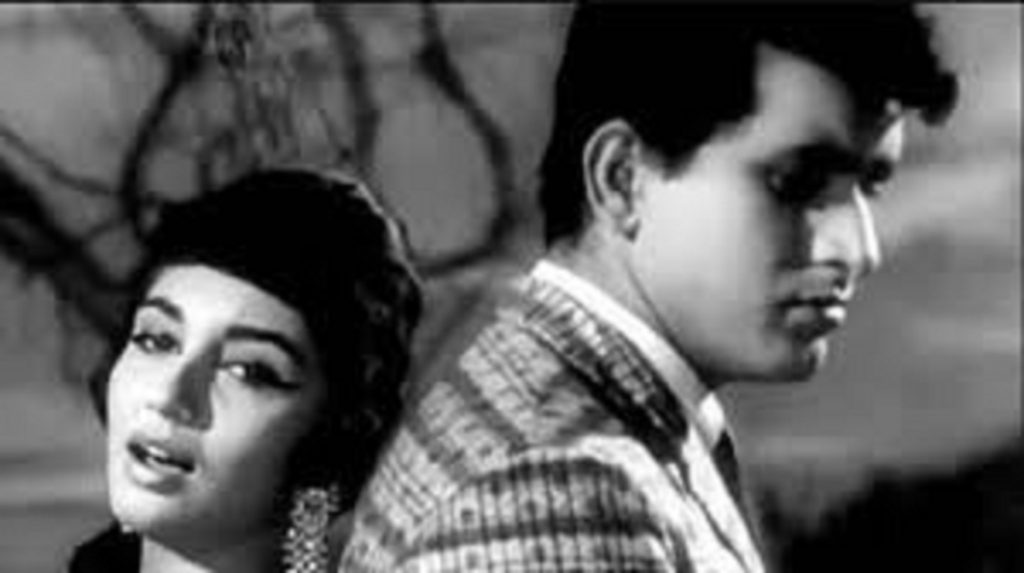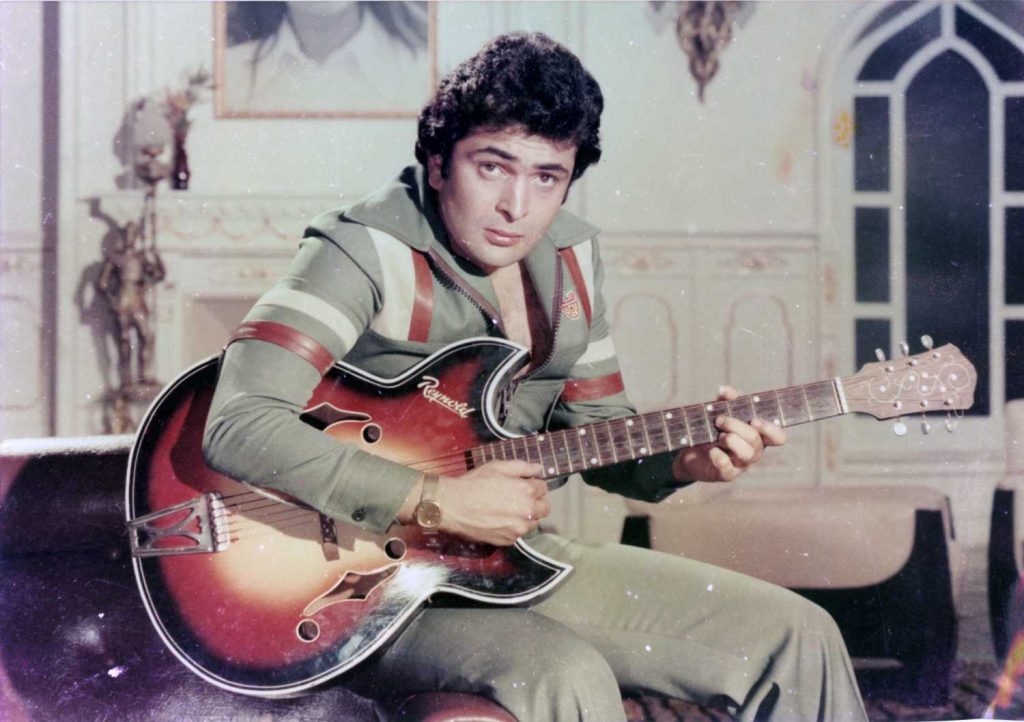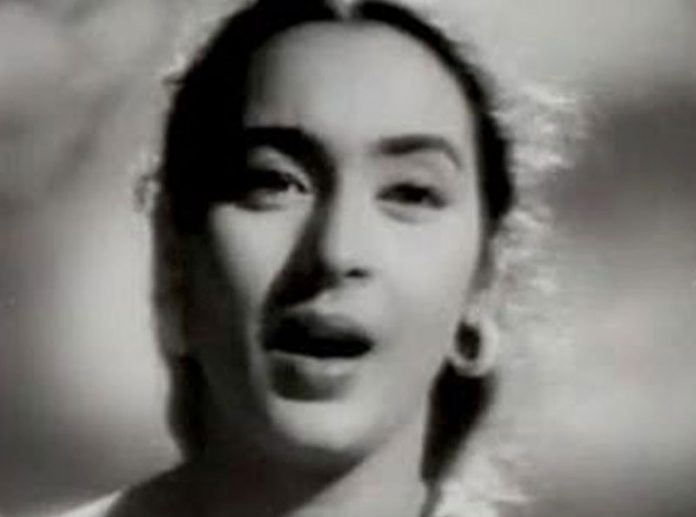Certain combinations of lyricist and musician result in a synergy that makes history. Narendra Kusnur takes a look at a few such legendary duos.
Every year, on October 1, Hindi film music lovers remember the great music director SD Burman on his birth anniversary, compiling lists of their favourite songs and putting up links on social media. Since lyricist Majrooh Sultanpuri shares the same birthday, fans also post songs they did together, common examples being ‘Chand Phir Nikla’ from Paying Guest and ‘Tere Mere Milan Ki Yeh Raina’ from Abhimaan.
Dada Burman and Majrooh Saab not only shared birthdays, but were also considered among the best combinations of music director and lyricist in Hindi cinema. Though both of them worked regularly with others in the field, their chemistry was just perfect, and naturally, they created a body of memorable songs.
In the journey of Hindi film music, the teamwork of certain music directors and lyricists led to magical results. Though lyricists usually got much lower credit and attention in comparison to the singers and composer, their contributions were equally important. The songs we enjoy today, years after their release, are remembered for their words as much as for their tunes or the voices we hear.
Keeping that in mind, it would be pertinent to look at some of the most consistent and prolific composer-lyricist combinations over the years, focusing on the period till the 1980s.
Naushad with Shakeel Badayuni: Arguably the most prolific among such combinations, these two creators had some great songs in 1948 and 1949, in the films Anokhi Ada, Mela, Dillagi and Dulari. But it was the 1952 film Baiju Bawra which took them to newer heights, with Naushad using classical raags immaculately and Badayuni writing great songs like Mohammed Rafi’s ‘Man Tadapat Hari Darshan Ko Aaj’ and ‘O Duniya Ke Rakhwale’, and Lata Mangeshkar’s ‘Mohe Bhool Gaye Saanwariya’.

They had a number of hits, in the films Amar, Udan Khatola, Mother India, Kohinoor, Mughal-e-Azam, Gunga Jumna, Mere Mehboob, Leader, Dil Diya Dard Liya and Ram Aur Shyam. In an earlier interview to this writer, Naushad had said they never stuck to any formula. “Shakeel would come to my place and we would just spend hours going back and forth. Sometimes, he came up with the lines first, sometimes I came up with the tune first. We kept on improvising till satisfied,” he recalled.
Shankar-Jaikishen with Shailendra and Hasrat Jaipuri: They were often described as the ‘fabulous four’, and the practice of having both lyricists was begun by Raj Kapoor in Barsaat (1949). The film was a major boost for Lata, and while Jaipuri wrote most of the lyrics, including ‘Jiya Beqarar Hai’ and ‘Mere Aankhon Mein Bas Gaya Koi Re’, Shailendra penned the chart-busting ‘Barsaat Mein Humse Mile’.

The four of them worked together in many Raj Kapoor productions like Awara, Aah, Boot Polish, Shree 420, Jis Desh Mein Ganga Behti Hai and Sangam. Even though Shailendra had passed away by the time Mera Naam Joker was released in 1970, two of his songs were used with those of Jaipuri, Neeraj, Prem Dhawan and Shaili Shailendra. They also worked on films like Chori Chori and Teesri Kasam, which starred Raj Kapoor but were not produced by him. Even outside the RK connection, they did films like Basant Bahar, Dil Ek Mandir, Dil Apna Aur Preet Parayi, Junglee and Raat Aur Din, all of which had outstanding music. In most cases, Shankar worked with Shailendra and Jaikishen with Jaipuri, in keeping with the comfort levels they shared with each other’s styles.
SD Burman with Sahir Ludhianvi: Before the partnership with Sultanpuri became legendary, Burman did some great work with Sahir Ludhianvi. There’s this famous story of how Ludhianvi approached Burman with a ghazal, and he converted it into a breezy, jazz-inflected number ‘Tadbeer Se Bigdi’, sung by Geeta Dutt in Baazi (1951). This was after the release of Lata’s famous ‘Thandi Hawayein’ in Naujawan earlier that year.

The two worked in a few films starring Dev Anand (Taxi Driver, Munimji, House No 44, Funtoosh). Their combination also clicked in Bimal Roy’s Devdas (1955) but the biggest hit was Guru Dutt’s Pyaasa (1957), which remains one of Ludhianvi’s most revered works. Featuring the gems ‘Hum Aapki Ankhon Mein’, ‘Yeh Duniya Agar Mil Bhi Jaaye’ and ‘Jaane Woh Kaise’, it was their last collaboration.
SD Burman with Majrooh Sultanpuri: Dada Burman’s combination with Majrooh Saab in Dev Anand films made that team special. The two of them worked on Paying Guest, Nau Do Gyarah, Kala Pani, Manzil, Solva Saal, Bombai Ka Baboo and Teen Deviyan. And though Shailendra was initially commissioned for Jewel Thief, he fell ill after writing ‘Rula Ke Gaya Sapna Mera’, with Sultanpuri doing the other songs.

The duo also worked on Chalti Ka Naam Gaadi, Sujata and Sagina, but one of their biggest hits was Hrishikesh Mukherjee’s Abhimaan (1973). Each song remains a lyrical and compositional masterpiece.
Madan Mohan with Raja Mehdi Ali Khan: Music director Madan Mohan had a distinct style, often using the ghazal format. Initially, he had a lot of hits with Rajendra Krishnan, including Adalat (1958), which had Mangeshkar’s ‘Yun Hasraton Ke Daag’ and ‘Unko Yeh Shikayat’. But later, some of his best songs were penned by Raja Mehdi Ali Khan. Though they had teamed up as early as 1951 in Madhosh, which had Talat Mahmood’s ‘Meri Yaad Mein Tum Na Aansoo Bahana’, they became a regular team after Anpadh in 1962, with Mangeshkar’s iconic ‘Aap Ki Nazron Ne Samjha’.

The Lata-Madan-Mehdi team next yielded ‘Agar Mujh Se Mohabbat Hai’ in Aap Ki Parchaiyan. Their two biggest hits were Woh Kaun Thi? (‘Lag Ja Gale’, ‘Naina Barse’ and ‘Jo Hamne Dastaan’) and Mera Saaya (‘Tu Jahan Jahan Chalega’ and ‘Nainon Mein Badra Chaaye’). Sadly, Khan passed away at the age of 50 in 1966, ending a marvellous association.
RD Burman with Gulzar: Pancham Da did some amazing work with many lyricists, specially Majrooh Sultanpuri and Anand Bakshi. But his partnership with Gulzar produced unique songs, matching the writer’s style. The 1972 film Parichay had Kishore Kumar’s ‘Musafir Hoon Yaaron’ and the Lata-Bhupinder gem ‘Beeti Na Beetayi Raina’. Three years later, Aandhi featured some great Kishore-Lata duets.

The magic continued in Khushboo, Kinara, Ghar, Baseraa and Masoom, peaking with the Jeeva song ‘Roz Roz Ankhon Taley’ (1986) and Asha Bhosle’s phenomenal singing in Ijaazat, released the following year. Burman, Gulzar and Bhosle also released the private album Dil Padosi Hai.
Laxmikant-Pyarelal with Anand Bakshi: This was the most prolific team in film music, and are estimated to have worked in 303 movies together. One of their early hits was Mr X in Bombay (1964), featuring Kishore’s ‘Mere Mehboob Qayamat Hogi’. Other hits included Aaye Din Bahar Ke, Milan, Do Raaste. Haathi Mere Saathi, Mera Gaon Mera Desh, Bobby, Dost, Amar Akbar Anthony, Main Tulsi Tere Aangan Ki, Satyam Shivam Sundaram, Sargam, Karz, Ek Duuje Ke Liye, Hero, Naam, Chalbaaz, Ram Lakhan and Saudagar. And these were only a handful of films from their repertoire.

The other partnerships: Besides the ones mentioned, there were other combinations that clicked, but did a fewer number of films together. OP Nayyar preferred working with SH Bihari, and had the hits Ek Musafir Ek Hasina and Kashmir Ki Kali. Roshan and Sahir Ludhianvi worked together on Barsaat Ki Raat, Dil Hi To Hai, Taj Mahal and Chitralekha.
Chhoti Si Baat was one of the four films that Salil Choudhary collaborated on with lyricist Yogesh, producing unforgettable songs
Kalyanji-Anandji had some hits with Gulshan Bawra, but teamed up with Anjaan on the Amitabh Bachchan blockbusters Don, Muqaddar Ka Sikandar and Laawaris. Salil Chowdhury did four notable films with writer Yogesh (Anand, Annadata, Rajnigandha, Chhoti Si Baat) but had many great songs in them. And there was Ravindra Jain, who wrote lyrics for many of the songs he composed.
After 1990, Rahman had his phase working with Mehboob Kotwal (Bombay, Rangeela, Daud, Thakshak). Nadeem-Shravan and Sameer Anjaan consistently produced hits together, and Shankar-Ehsaan-Loy have worked with Javed Akhtar on Dil Chahta Hai, Kal Ho Naa Ho, Lakshya, Rock On, Wake Up Sid and Zindagi Na Milegi Dobara, among other films.
Over the past two decades, of course, this tendency of having the same composer-lyricist teams has reduced, with the exception of Shankar-Ehsaan-Loy-Akhtar. The days when Naushad and Badayuni, Dada Burman and Sultanpuri, Laxmikant-Pyarelal and Bakshi produced such great music are gone.
What made them click together? The basic thing was that understood each other’s styles, thus creating the best output. Another reason was that many producers and directors believed in these combinations. Finally, they also knew which singer suited the song best, and more often than not, achieved the best results.








